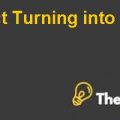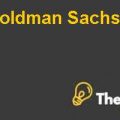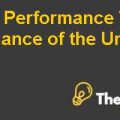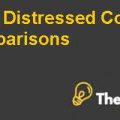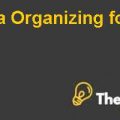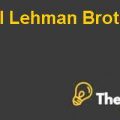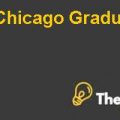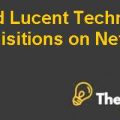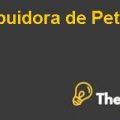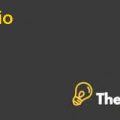The All American Pipeline Case Solution
Introduction
Goodyear was the largest tire manufacturing company in the world. This company is not only a manufacturer of tire, but it also manufactures a wide range of mental, rubber, plastic, chemical, and high technology products for transportation, aerospace, defense, and nuclear energy industry, as well as several customer markets. Goodyear Company gets 75% of revenue by selling tire and related transportation products. Along with that, the company acquired Celeron Corporation in 1983, and engaged in natural gas and oil transaction, exploration, and production. The main reason as to why Goodyear acquired Celeron Corporation is they wanted to reduce dependency on the tire business, which was growing slowly. As the company acquired the Celeron Corporation, this was the first major diversification for Goodyear in 20 years.
In 1983, Celeron purchased the All America Pipeline company, which consisted primarily of engineering plans for the proposed All-American pipelines. The pipeline is not a new idea, it was already proposed in 1950s when refineries in Texas were facing problems in obtaining sufficient supply of crude oil, In 1970, another pipeline were termed, but none of the proposals succeeded. The reason for this was regulatory entanglements and other problems. When Celeron purchased the All America Pipeline company, it was 1250 miles long. The board members in Goodyear want to extend the All-American pipeline to an addition 500 miles in order to go directly to Freeport, Texas. The pipeline will extend to twice its length as a result of this expansion.
Overview of the case
In this case, Goodyear has to make the decision about whether the company should purchase the pipe for the project or not. The total cost of the project is nearly 2 billion; the pipe was the single largest component to be employed. Since this is the major decision of the company, the NPV and APV is used to evaluate this case in order to find out the net present value and adjusted present value method of the project. The company must identify the Cost of debt, cost of equity, WACC, market value of the debt, market value of the equity and along with that, beta of the company as well.
Project Forecasts
Discounting Cash Flow Method:
For the DCF calculation of the company, the discount cash flows is calculated using the follows:
For the DCF calculation, we have to find out beta and weighted average cost of capital,
The major component of the WACC is beta, which defines the systematic risk of the security in comparison to the market, to find out the beta of Goodyear Company, tax rate was given in the case, which is 46%. The equity value and the debt value are calculated from the balance sheet of the company in the year 1983. The equity beta assumed is 1, as the company equity and debt ratio is 50%, so we assumed the equity beta is 1. The unlevered beta of the company is calculated by using the formula:
Beta levered=Beta unlevered (1+ (1-tax rate)*Debt/Equity)
For the calculation of cost of debt, interest rate on the debt is calculated from the income statement of the company in the year 1983. The interest rate is calculated using the formula that is interest rate divided by EBIT. The cost of debt is calculated by using formula:
Interest rate *(1- tax rate)
While calculating the cost of equity, the risk free rate of different time periods were given in the case, but we selected 10-year Treasury Bonds that is 12.45%. The reason for this is that 10 year treasury bonds is the bench mark; market risk premium is assumed to be 10% and un levered beta of the company is calculated, which is 0.65. The cost of the Equity is calculated by using the following formula:
Risk free rate + beta*(market risk premium)..................
This is just a sample partial case solution. Please place the order on the website to order your own originally done case solution.

